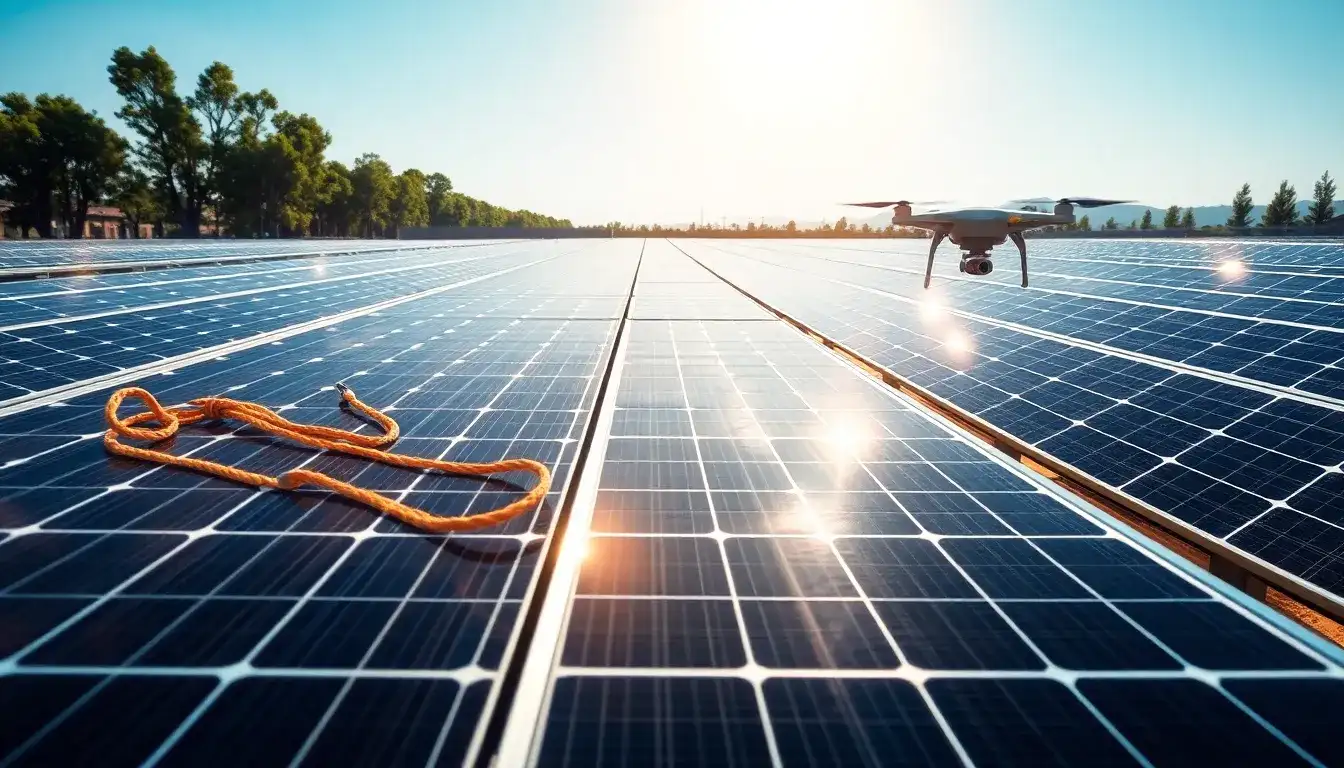
The Challenges and Breakthroughs of the Photovoltaic “Power Station” Model
The distributed photovoltaic “three-and-a-half-year power station” model has rapidly expanded under the dual drivers of policy and market forces, but this growth has also revealed various issues within the industry.
1. The Original Intent of “Zero Threshold” Photovoltaic Access
The core logic of the “three-year power station” model is to lower the initial cost barrier for users to adopt photovoltaic power generation. Companies build power stations for free in exchange for users’ long-term electricity rights or profit-sharing. This fundamentally transforms the traditional “user-constructed” model into a “win-win” light asset approach. The original intention behind this design is to accelerate the adoption of photovoltaic power, particularly assisting small and medium-sized enterprises and rural users in overcoming initial investment pressures while quickly enjoying the benefits of green energy. Within the context of the “dual carbon” goals, this model was once seen as the “golden key” to unlocking the distributed photovoltaic market, aligning well with policy direction and market demand.
2. Industry Growing Pains Amid Model Distortion
Despite its innovative nature, this model has gradually deviated from its intended course in market practice, leading to several contradictions:
- Imbalance between Quality and Speed: Some companies, in their rush to capture market share, have resorted to using low-quality components and simplified construction processes, resulting in shortened lifespans and drastically reduced power generation efficiency of the power stations. For example, photovoltaic panels from lesser-known brands may show significant power degradation after three years, and inverter failure rates may rise, ultimately harming users’ long-term earnings.
- Disconnection between Service and Scale: Companies that blindly expand often lack the necessary operational and maintenance capabilities, leading to a prevalent “heavy construction, light management” phenomenon. Issues such as a lack of regular inspections and untimely dust cleaning after station delivery result in hidden losses in power generation and frequent user disputes over rights.
- Conflict between Short-term Gains and Long-term Value: Companies overly focused on increasing installed capacity neglect technological advancements. Some power station designs do not reserve space for energy storage interfaces or smart control, making it difficult to adapt to future integration needs with new energy systems like microgrids and virtual power plants.
3. Returning to Essentials for Sustainable Progress
In response to these industry challenges, the Caihongjin Industry Group has established a “trinity” service system to redefine the value standards of photovoltaic power stations:
- Comprehensive Quality Control: Caihongjin has implemented a rigorous component selection mechanism, collaborating only with top-tier international photovoltaic brands. This ensures a complete quality traceability system from raw materials to finished products, guaranteeing that component efficiency, weather resistance, and anti-degradation performance meet industry-leading levels. Localized construction adaptations are also made, with service points established in eight provinces, enabling localized construction and maintenance services tailored to different regional sunlight conditions and climate characteristics.
- Dual-line Coordinated Operation and Maintenance: Preserving the full lifecycle of power stations, Caihongjin employs a model that combines online and offline maintenance. An intelligent central system monitors each panel’s voltage, current, and temperature in real-time through a cloud monitoring platform, providing instant alerts and automated diagnostic reports for any anomalies. Additionally, localized maintenance teams ensure rapid response to issues, complemented by monthly expert inspections and quarterly in-depth maintenance, creating a “prevention-monitoring-repair” closed-loop system. Some projects even deploy intelligent cleaning robots that utilize path-planning algorithms for automated panel dust removal, thereby reducing the safety risks associated with manual cleaning.
- Energy Storage Coordination: Opening new avenues for energy value addition, Caihongjin’s microgrid projects are being widely deployed. These projects utilize microgrid management platforms to dynamically balance photovoltaic generation, energy storage, and load demand. For instance, during peak electricity pricing periods, stored energy is prioritized for use, while energy is stored during off-peak periods to maximize cost-saving opportunities. The company also offers value-added services such as virtual power plant scheduling, demand response, and green electricity trading, enabling enterprises to transform photovoltaic generation into environmental asset rights and achieve richer, multidimensional benefits.
Caihongjin’s practices reveal the underlying logic for the sustainable development of the photovoltaic industry. Innovation in business models must resonate with value creation. The three-year power station model is not inherently flawed; however, only companies that uphold quality standards and build long-term service capabilities can truly transform photovoltaic power stations from “cost centers” into “value engines.” As the industry shifts from land-grabbing to meticulous cultivation, the vision of accessible renewable energy can genuinely become a reality.







